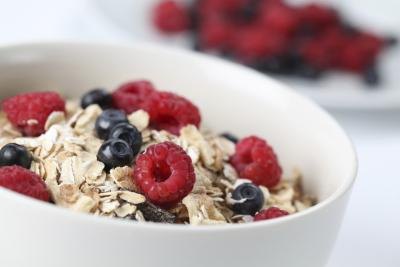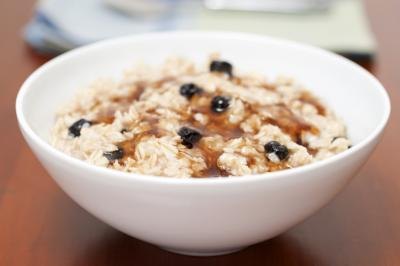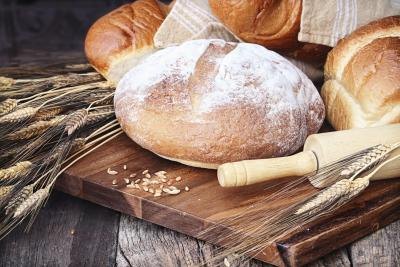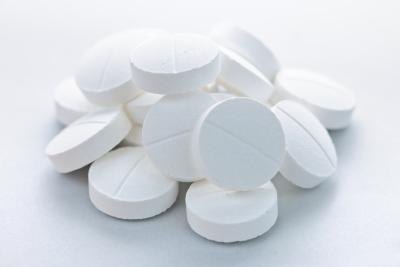
Eating a diet high in fiber and whole grains helps your body maintain a healthy blood pressure. Oatmeal satisfies both of those dietary requirements. According to the USDA National Nutrient Database, 100 grams of fortified oats has 10 grams of fiber, as well as 352 milligrams of calcium and 359 grams of potassium. In some studies, both calcium and potassium supplementation have effectively lowered blood pressure numbers
Oatmeal Benefits Blood Pressure

Eating oatmeal can reduce both your systolic and diastolic pressure. A blood pressure reading yields two numbers, such as 120/80. The first number is your systolic pressure, the second number is your diastolic pressure. In a study reported in the April 2002 issue of "The Journal of Family Practice," researchers noted that eating oatmeal can reduce systolic pressure by as much as 7.5 points and diastolic pressure by 5.5 points. Adding oat cereals to your daily diet can reduce your risk of developing high blood pressure and help treat it if you already have the condition, according to the research team.
Fiber and Whole Grains

According to HealthFinder.gov, eating a high fiber diet not only decreases your blood pressure, it also reduces your risk of death from heart disease by 22 percent. Oatmeal is a soluble fiber, which means that it dissolves in water, as opposed to insoluble fiber, which absorbs water. In a study reported in the September 2006 issue of the "Journal of the American Dietetic Association," researchers noted that replacing refined carbohydrates with insoluble and soluble fiber helps reduce blood pressure levels. White rice and white bread are examples of refined carbohydrates. Eating a high-fiber, whole-grain diet also helps you maintain a healthy weight. Obesity is a risk factor for high blood pressure.
Oatmeal and Cholesterol

High cholesterol is a risk factor for developing high blood pressure. Cholesterol clings to your arterial walls, restricting blood flow and increasing your blood pressure. The March 2007 issue of "American Journal of Therapeutics" published study results from the University of Zulia in Venezuela. Researchers found that men who followed the Step II American Heart Association diet for eight weeks and consumed 6 g daily of beta-glucan, the type of fiber in oats, experienced a greater drop in their cholesterol than men who followed the AHA diet alone.
Calcium and Potassium

In "Primary Prevention of Hypertension," a report from the National Heart, Lung and Blood Institute, Dr. Paul K. Whelton writes that potassium supplementation helps prevent hypertension, or high blood pressure. Also, to a lesser degree, calcium supplementation helps reduce the blood pressure of anyone who already has hypertension. A daily serving of oatmeal contributes to your total intake of potassium and calcium.
www.livestrong.com





No comments:
Post a Comment